-
 Bitcoin
Bitcoin $118300
-1.72% -
 Ethereum
Ethereum $3591
-0.69% -
 XRP
XRP $3.478
-3.53% -
 Tether USDt
Tether USDt $1.001
-0.01% -
 BNB
BNB $737.7
-0.54% -
 Solana
Solana $177.3
-2.40% -
 USDC
USDC $0.9999
-0.01% -
 Dogecoin
Dogecoin $0.2538
7.04% -
 TRON
TRON $0.3256
-0.85% -
 Cardano
Cardano $0.8332
-3.48% -
 Hyperliquid
Hyperliquid $44.80
-3.30% -
 Stellar
Stellar $0.4672
-6.09% -
 Sui
Sui $3.828
-5.98% -
 Chainlink
Chainlink $18.15
-3.41% -
 Hedera
Hedera $0.2655
-7.16% -
 Bitcoin Cash
Bitcoin Cash $517.5
-0.64% -
 Avalanche
Avalanche $23.89
-2.37% -
 Shiba Inu
Shiba Inu $0.00001519
-0.45% -
 UNUS SED LEO
UNUS SED LEO $8.973
0.13% -
 Toncoin
Toncoin $3.211
-2.54% -
 Litecoin
Litecoin $103.5
-3.58% -
 Polkadot
Polkadot $4.313
-3.90% -
 Uniswap
Uniswap $10.31
0.67% -
 Monero
Monero $325.4
-2.88% -
 Bitget Token
Bitget Token $5.049
3.51% -
 Ethena USDe
Ethena USDe $1.002
0.04% -
 Pepe
Pepe $0.00001346
-2.96% -
 Dai
Dai $0.9999
-0.02% -
 Aave
Aave $322.1
-2.93% -
 Bittensor
Bittensor $411.9
-4.70%
What to do after buying an NFT?
After purchasing an NFT, verify ownership via your digital wallet and secure it using a trusted non-custodial wallet like MetaMask or a hardware wallet for added safety.
Jul 18, 2025 at 08:50 am
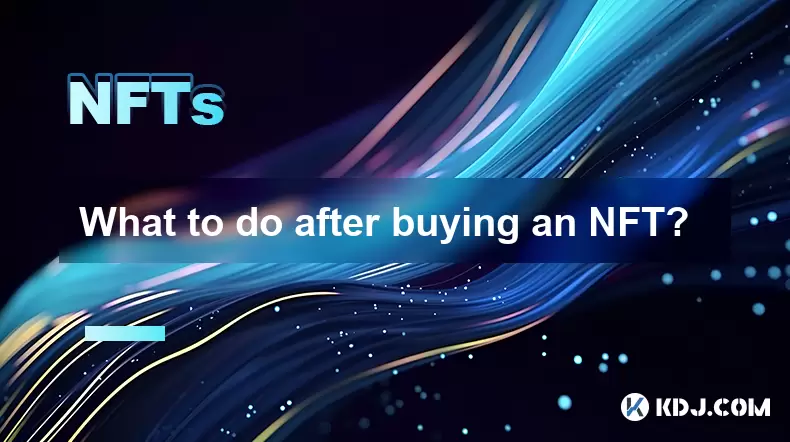
Understanding Your NFT Ownership
After buying an NFT, it’s essential to understand what you actually own. An NFT represents a unique digital asset stored on the blockchain, often linked to digital art, collectibles, or virtual real estate. However, ownership of the token doesn’t always equate to copyright or intellectual property rights over the associated media. You have the right to prove ownership and transfer the NFT, but the creator may retain rights to reproduce or distribute the content.
To verify your ownership, check your digital wallet where the NFT should now appear. Platforms like OpenSea, Rarible, or Mintable allow users to view their collections. Ensure that the blockchain address matches your wallet address and that the transaction has been confirmed on the network.
Storing Your NFT Securely
Once you’ve confirmed receipt of your NFT, the next step is securing it. Most buyers store their NFTs in non-custodial wallets such as MetaMask, Trust Wallet, or hardware wallets like Ledger or Trezor. These options give you full control over your private keys, which are critical for accessing your assets.
- Make sure to back up your wallet recovery phrase and store it offline.
- Avoid sharing your private keys with anyone.
- Consider using a hardware wallet if you're holding high-value NFTs.
Using a secure wallet helps prevent unauthorized access and potential loss due to phishing or scams. Always double-check that you’re connected to legitimate platforms when viewing or trading your NFTs.
Displaying and Showcasing Your NFT
One of the joys of owning an NFT is being able to showcase it. Many platforms allow you to display your collection publicly. For instance:
- Connect your wallet to OpenSea or Rarible and set up a profile.
- Use Decentraland or The Sandbox to display NFTs in virtual worlds.
- Share your collection on social media platforms like Twitter or Instagram.
Some NFTs come with utility, such as granting access to exclusive communities or events. If your NFT includes such features, ensure you follow the project’s official channels to stay updated on how to redeem benefits.
Trading or Selling Your NFT
If you decide to sell your NFT later, the process typically involves listing it on a marketplace. Here's how to proceed:
- Connect your wallet to a supported platform.
- Navigate to your collection and select the NFT you want to sell.
- Choose a fixed price or auction format.
- Set a reasonable price based on recent sales of similar items.
- Confirm the transaction and pay the gas fee.
Keep in mind that gas fees can fluctuate depending on network congestion. It’s wise to monitor gas prices and choose a time when they are lower. Also, research comparable NFTs to price yours competitively.
Participating in NFT Communities
Many NFT projects have active communities that offer engagement opportunities. Joining Discord servers, following official Twitter accounts, and participating in community events can enhance your experience.
- Engage with other collectors and creators.
- Participate in airdrops, giveaways, or early mints.
- Stay informed about updates or roadmap progress from the project team.
Being part of a community not only adds value to your NFT ownership but also keeps you informed about developments that might affect your investment.
Checking for Utility and Benefits
Some NFTs offer additional utilities beyond mere ownership. These can include:
- Access to exclusive content or experiences.
- Voting rights in governance decisions.
- Royalty earnings from future sales.
Verify whether your NFT has any of these features by checking the project’s whitepaper or official announcements. If applicable, follow instructions provided by the team to activate or claim these benefits.
Frequently Asked Questions (FAQ)
Can I lose my NFT if I lose my wallet?
Yes, if you lose access to your wallet and don’t have a backup of your recovery phrase, you will permanently lose access to your NFT. Always store your recovery phrase securely and avoid sharing it with anyone.
Do I need cryptocurrency to manage my NFT after purchase?
Yes, most blockchains require a small amount of native cryptocurrency (like ETH or MATIC) to perform actions such as transferring or selling your NFT. This is used to pay for gas fees.
Can someone copy my NFT even though I own it?
While others can download or screenshot the associated image, only you hold the verified ownership recorded on the blockchain. The uniqueness and authenticity of your NFT remain intact because of its cryptographic signature.
What happens if the NFT platform I bought from shuts down?
Since NFTs are stored on the blockchain, they remain accessible through your wallet regardless of the marketplace’s status. You can still view and transfer them using compatible platforms or wallets.
Disclaimer:info@kdj.com
The information provided is not trading advice. kdj.com does not assume any responsibility for any investments made based on the information provided in this article. Cryptocurrencies are highly volatile and it is highly recommended that you invest with caution after thorough research!
If you believe that the content used on this website infringes your copyright, please contact us immediately (info@kdj.com) and we will delete it promptly.
- Bitcoin, Nexchain, and Presales: What's Hot in the Crypto Space?
- 2025-07-19 16:30:12
- Presales, ICOs, and 100x Returns: Navigating the Crypto Landscape in 2025
- 2025-07-19 16:30:12
- Crypto Picks: Navigating the Meme Coin Mania – Toshi, Ski Mask Dog, and the Elusive Pepe Coin 30,000% Rally
- 2025-07-19 14:30:13
- SUI Blockchain, Unilabs, and Curve Finance: A New Era of Crypto Investments?
- 2025-07-19 15:10:12
- Riding the Altcoin Wave: ADA Price, XRP Surges, and the Season of Opportunity
- 2025-07-19 15:30:12
- MoonBull, Meme Coins, and Your Watchlist: What's Hot Right Now
- 2025-07-19 14:30:13
Related knowledge
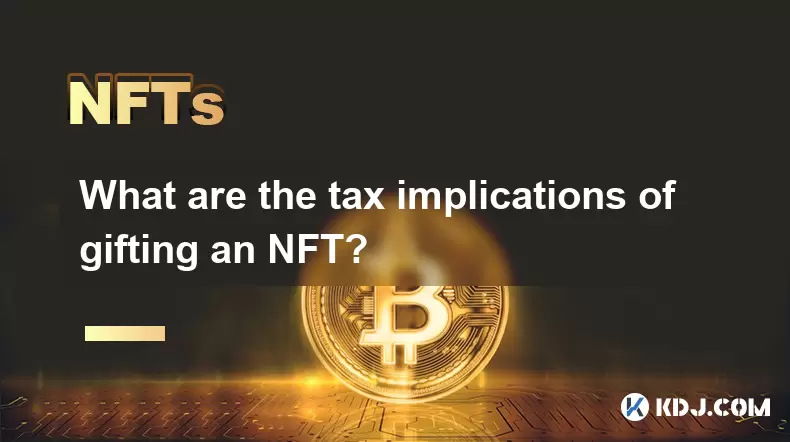
What are the tax implications of gifting an NFT?
Jul 19,2025 at 04:21am
Understanding the Basics of NFT GiftingGifting a Non-Fungible Token (NFT) involves transferring ownership from one individual to another without recei...
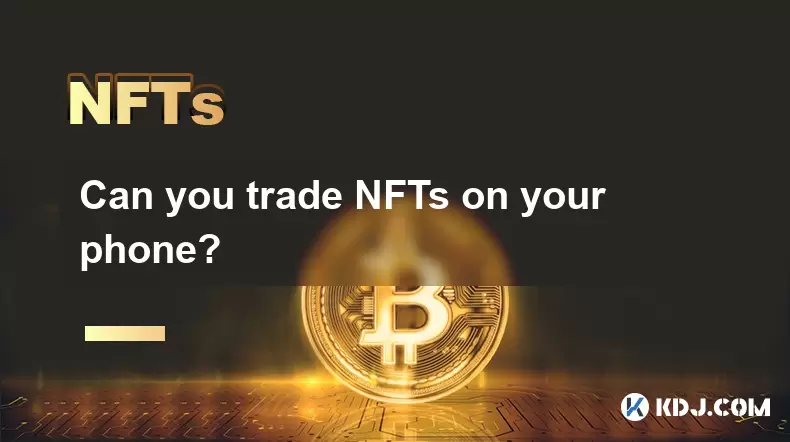
Can you trade NFTs on your phone?
Jul 18,2025 at 04:29am
Trading NFTs on Mobile DevicesYes, you can trade NFTs on your phone, and the process has become increasingly streamlined thanks to a variety of mobile...
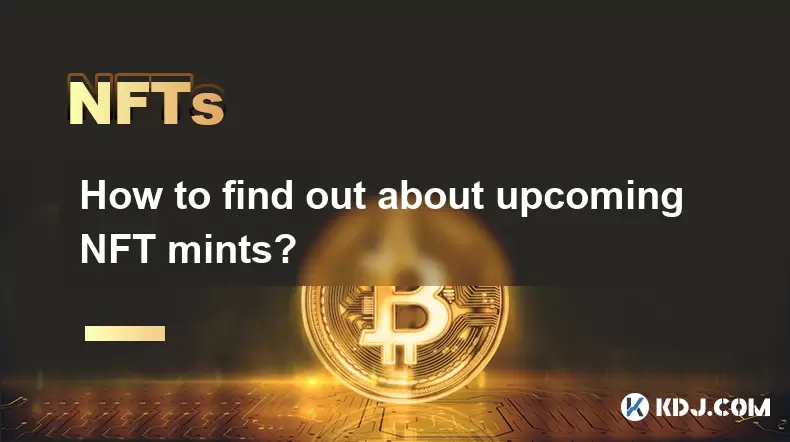
How to find out about upcoming NFT mints?
Jul 18,2025 at 11:50am
Exploring NFT Minting OpportunitiesUnderstanding the landscape of upcoming NFT mints is crucial for collectors, investors, and creators who wish to st...
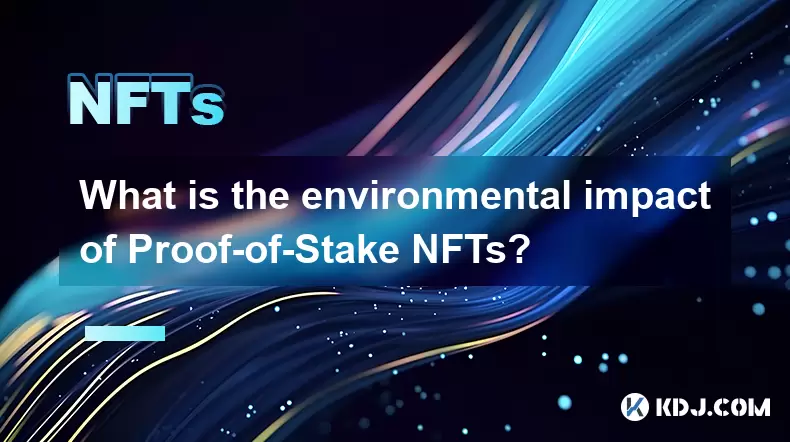
What is the environmental impact of Proof-of-Stake NFTs?
Jul 17,2025 at 07:14pm
Understanding the Basics of Proof-of-Stake NFTsProof-of-Stake (PoS) is a consensus mechanism used by blockchain networks to validate transactions and ...
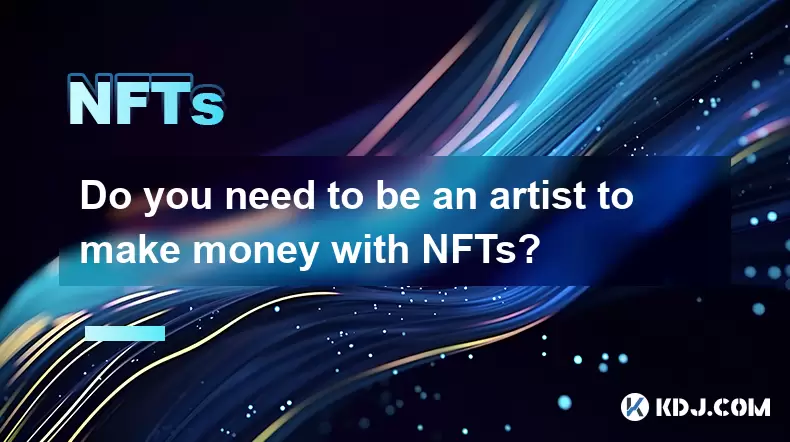
Do you need to be an artist to make money with NFTs?
Jul 19,2025 at 06:35am
Understanding the Role of Art in NFTsThe non-fungible token (NFT) market has grown rapidly, offering various opportunities for creators and investors....
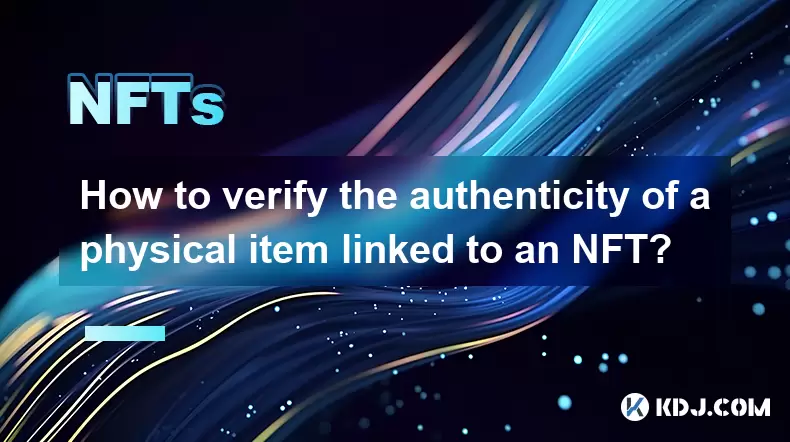
How to verify the authenticity of a physical item linked to an NFT?
Jul 18,2025 at 03:07pm
Understanding the Link Between NFTs and Physical ItemsWhen an NFT is linked to a physical item, it essentially acts as a digital certificate of owners...

What are the tax implications of gifting an NFT?
Jul 19,2025 at 04:21am
Understanding the Basics of NFT GiftingGifting a Non-Fungible Token (NFT) involves transferring ownership from one individual to another without recei...

Can you trade NFTs on your phone?
Jul 18,2025 at 04:29am
Trading NFTs on Mobile DevicesYes, you can trade NFTs on your phone, and the process has become increasingly streamlined thanks to a variety of mobile...

How to find out about upcoming NFT mints?
Jul 18,2025 at 11:50am
Exploring NFT Minting OpportunitiesUnderstanding the landscape of upcoming NFT mints is crucial for collectors, investors, and creators who wish to st...

What is the environmental impact of Proof-of-Stake NFTs?
Jul 17,2025 at 07:14pm
Understanding the Basics of Proof-of-Stake NFTsProof-of-Stake (PoS) is a consensus mechanism used by blockchain networks to validate transactions and ...

Do you need to be an artist to make money with NFTs?
Jul 19,2025 at 06:35am
Understanding the Role of Art in NFTsThe non-fungible token (NFT) market has grown rapidly, offering various opportunities for creators and investors....

How to verify the authenticity of a physical item linked to an NFT?
Jul 18,2025 at 03:07pm
Understanding the Link Between NFTs and Physical ItemsWhen an NFT is linked to a physical item, it essentially acts as a digital certificate of owners...
See all articles

























































































